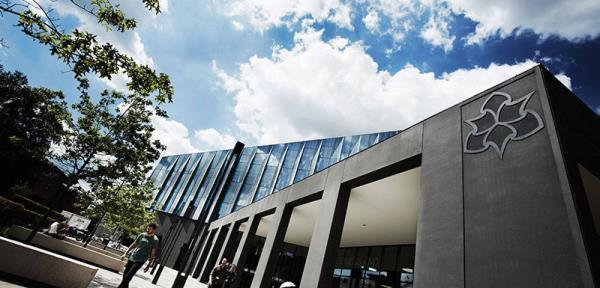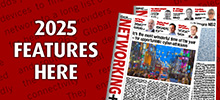03 January 2018

Manchester Metropolitan University (MMU) is said to be the fifth largest and second most applied-to in the UK. It has around 37,000 students and 4,000 staff members including 40 in the IT infrastructure department.
Like most universities, MMU has been challenged by the number of internet-connected devices students bring to the campus each day, expanding the amount of IP addresses under management.
To successfully deal with 600 switches that handle more than 10,000 IP addresses and carry out the day-to-day operations, the university had been using a DNS, DHCP and IPAM (DDI) solution from Infoblox. As this approached end-of-support, MMU decided to start a tender process and investigate other DDI solutions that were available.
While the easiest option from a technical perspective would have been to continue with a straight upgrade from Infoblox, MMU’s IT team evaluated other vendors including EfficientIP which came in with a DDI solution that was said to be three times cheaper and more feature-rich.
The solution purchased consisted of four EfficientIP SOLIDserver 1100 appliances for IPAM and internal DHCP and DNS, plus two 550 appliances for external DNS. The architecture required by the university also included two software features: NetChange-IPL and MVSM (Multi-Vendor Service Management) license.
MMU network engineer Justin Michell says it took three months to get the new system up and running, and that the deployment was “99 per cent smooth” given the scale of the project.
“The only issue we had during the whole upgrade occurred when we were changing the public DNS records. With JANET, the glue record was not put in so after an hour of services migrated across, we started disappearing from the internet. However, the EfficientIP’s engineers spotted it quickly and everything came back as it should.”
In addition to meeting the same functional requirements as the previous solution, Michell says efficiency and productivity are the two key benefits he has noticed with the new system. “The NetChange module which queries network switches and pulls information on what devices are connected to particular interfaces has made a big difference, especially for our campus deans. They can respond much quicker to an issue.”
He adds that the new platform’s visibility and search capabilities means his team can gain a lot of network information.








